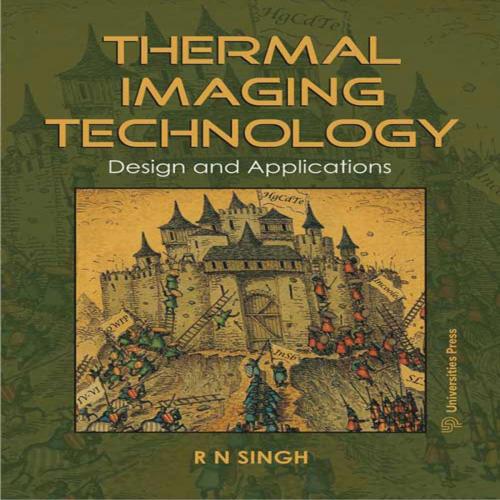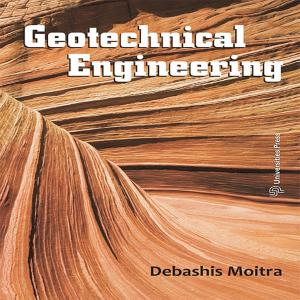Thermal Imaging Technology
Design and Applications
Nonfiction, Science & Nature, Technology, Imaging Systems| Author: | R N Singh | ISBN: | 9788173718403 |
| Publisher: | Universities Press (India) Private Limited | Publication: | May 13, 2013 |
| Imprint: | Language: | English |
| Author: | R N Singh |
| ISBN: | 9788173718403 |
| Publisher: | Universities Press (India) Private Limited |
| Publication: | May 13, 2013 |
| Imprint: | |
| Language: | English |
Thermal imaging technology has gained importance in recent years due to its increasing applications in civilian sector, which has been made possible by the availability of a variety of infrared detectors (an essential ingredient in the design of thermal imagers) in the market. This up-to-date and comprehensive book on thermal imaging concentrates on two important issues: (i) design and (ii) applications of thermal imagers. The design details have typically been the preserve of design houses and are not readily available in open literature. The authors work experience in the design, development and fabrication of weapon control systems for the Indian armed forces has given him the advantage of being in the forefront of R&D in this area. The book covers all aspects of design, from basic system requirements, salient features of infrared optics, factors affecting the choice of detectors to modelling and development of various design equations/parameters such as sensitivity and resolution. The book also deals with signal processing, testing and multisensor data fusion aspects of imaging technology. It explores typical applications of thermal imaging in varied fields such as military, commercial, remote sensing, medical, astronomy and space. This book will be useful to engineers and scientists dealing with the design, fabrication and testing of thermal imagers as well decision makers who would be involved in the deployment of this technology in various missions. Post graduate students of physics, research scholars, engineering students (optical, optomechatronical aspects), police/security personnel, paramilitary forces, all wings of the armed forces, scientists and professionals in the fields of remote sensing, materials development, defence R&D, industry, medicine and non-destructive testing; physics departments of universities and engineering institutions, optical societies, CSIR labs, etc.
Thermal imaging technology has gained importance in recent years due to its increasing applications in civilian sector, which has been made possible by the availability of a variety of infrared detectors (an essential ingredient in the design of thermal imagers) in the market. This up-to-date and comprehensive book on thermal imaging concentrates on two important issues: (i) design and (ii) applications of thermal imagers. The design details have typically been the preserve of design houses and are not readily available in open literature. The authors work experience in the design, development and fabrication of weapon control systems for the Indian armed forces has given him the advantage of being in the forefront of R&D in this area. The book covers all aspects of design, from basic system requirements, salient features of infrared optics, factors affecting the choice of detectors to modelling and development of various design equations/parameters such as sensitivity and resolution. The book also deals with signal processing, testing and multisensor data fusion aspects of imaging technology. It explores typical applications of thermal imaging in varied fields such as military, commercial, remote sensing, medical, astronomy and space. This book will be useful to engineers and scientists dealing with the design, fabrication and testing of thermal imagers as well decision makers who would be involved in the deployment of this technology in various missions. Post graduate students of physics, research scholars, engineering students (optical, optomechatronical aspects), police/security personnel, paramilitary forces, all wings of the armed forces, scientists and professionals in the fields of remote sensing, materials development, defence R&D, industry, medicine and non-destructive testing; physics departments of universities and engineering institutions, optical societies, CSIR labs, etc.















